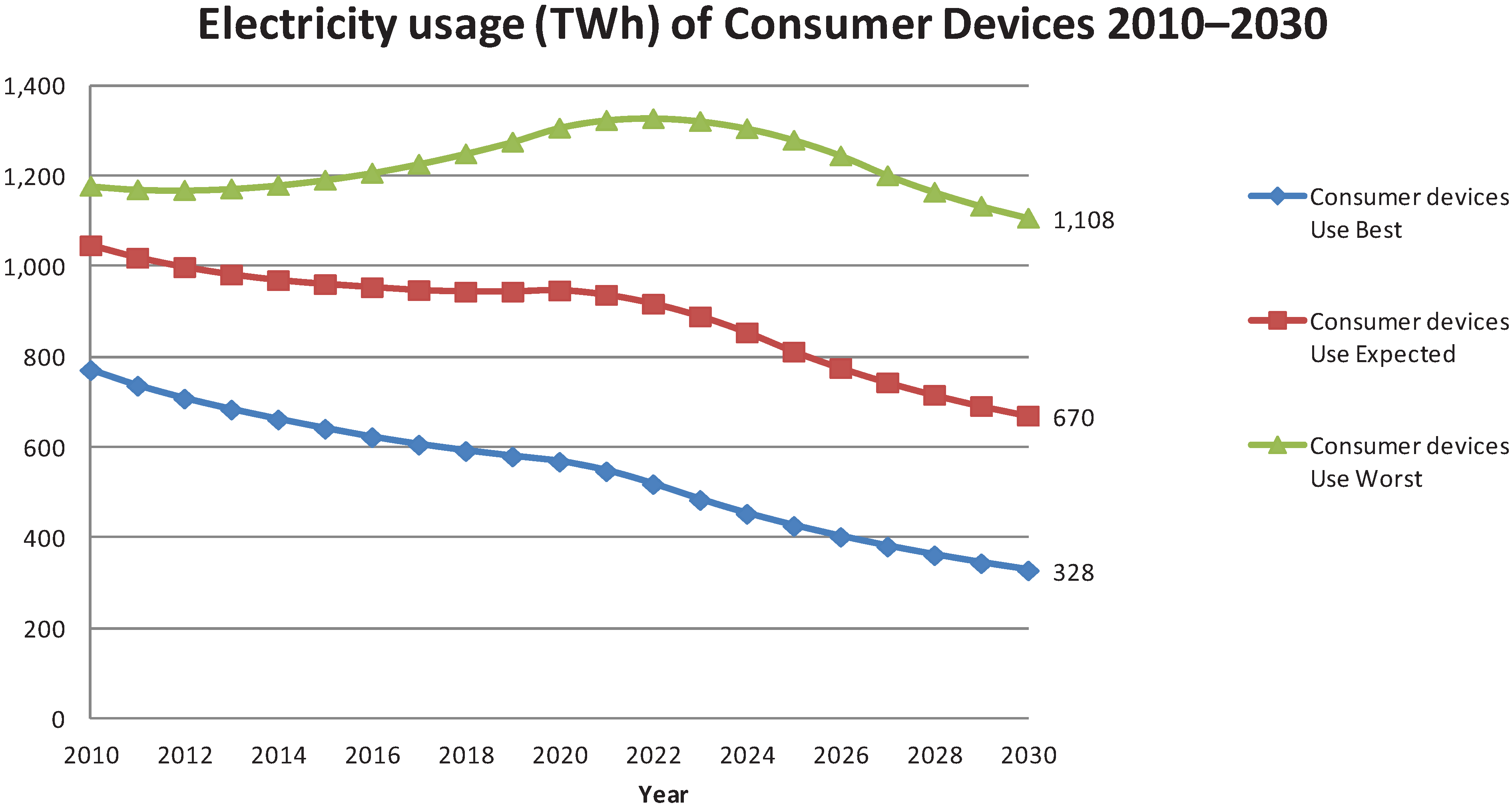CELEBRITY
BREAKING: The world in 2030: How our lives will be remade by a new surge of innovation, super-efficient energy consumption, low latency, and high capacity

Over the past three decades, sweeping technological innovation has transformed our lives. Among the key milestones: the introduction of the public internet, ubiquitous high-speed wireless data, and the cloud.
Now a new wave is coming that promises sustainable solutions to the ever-increasing demands of a digitized world. Generative AI (GenAI), photonic processors, and the metaverse will interact with one another, enabling critical elements of our society – such as healthcare, finance, and education – to be entirely reshaped with previously unseen data processing power.
One of the key challenges in achieving this vision is the need to address the demand for power. For example, training a large language model (LLM) for GenAI requires the same amount of energy as powering a nuclear plant for an hour, while data centers are projected to consume 13 times more energy in 2030 than they did in 2018. Current technologies cannot sustainably support a world of pervasive GenAI and the metaverse.
Photonics will remove these barriers. The Innovative Optical and Wireless Network (IOWN) initiative, formed in 2019, has been developing photonics-electronics conversion technologies that are starting to come to fruition.
IOWN has three big advantages: super-efficient energy consumption, low latency, and high capacity. If devices and networking were all optical, IOWN could increase capacity by 125x, reduce end-to-end latency by 99.5%, and increase power efficiency by a factor of 100. These are the enormous gains that make a digital revolution far more likely.













